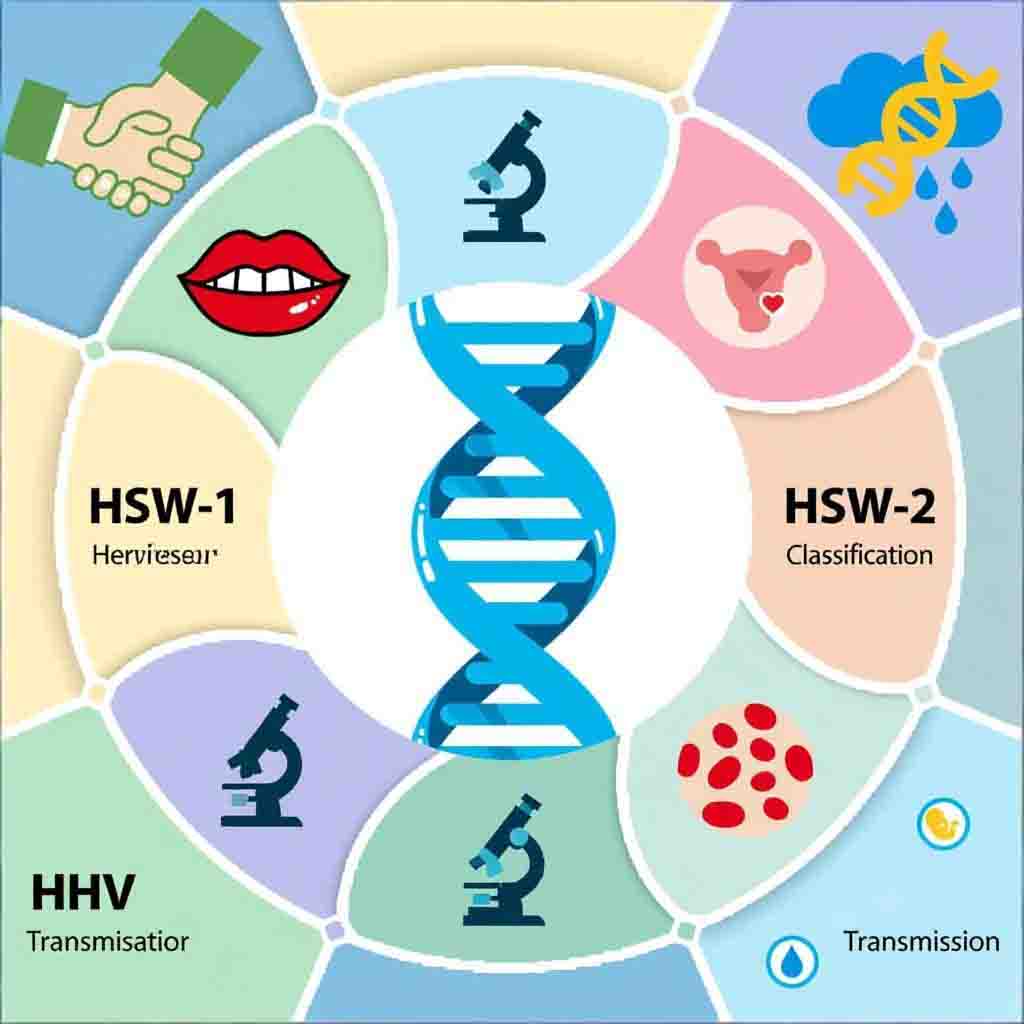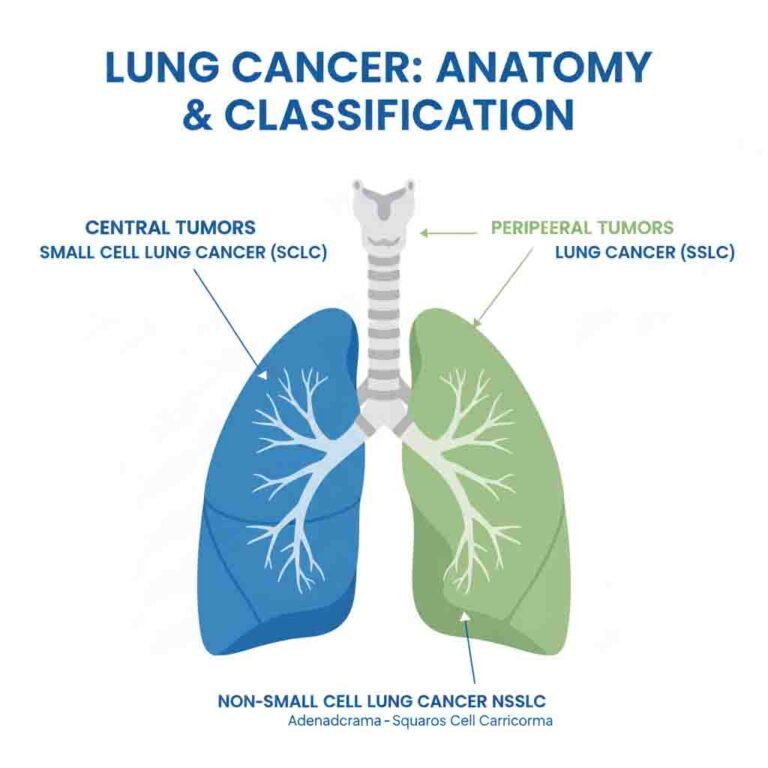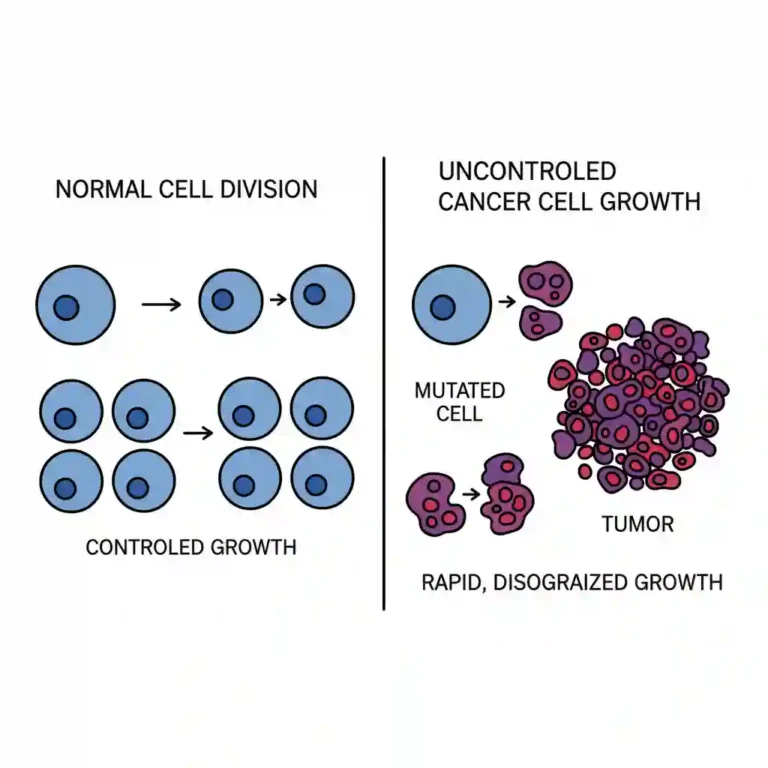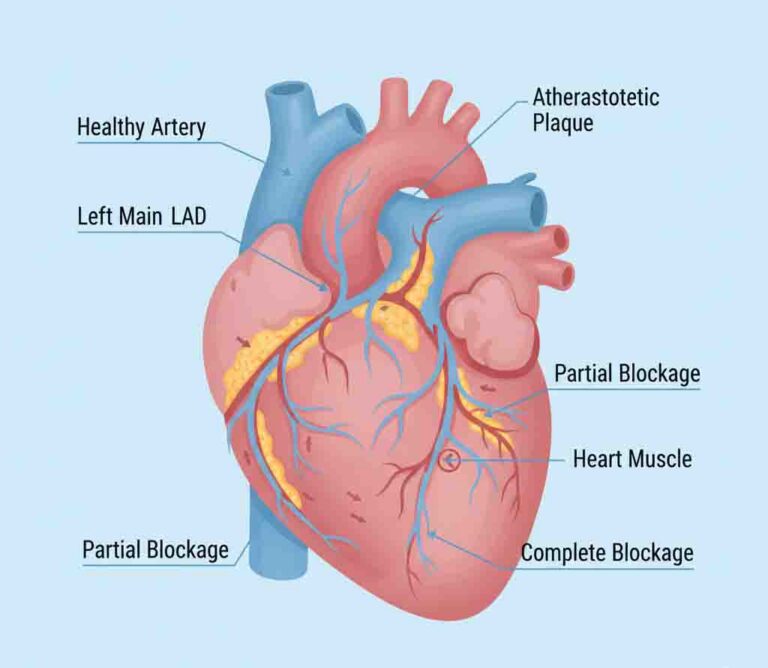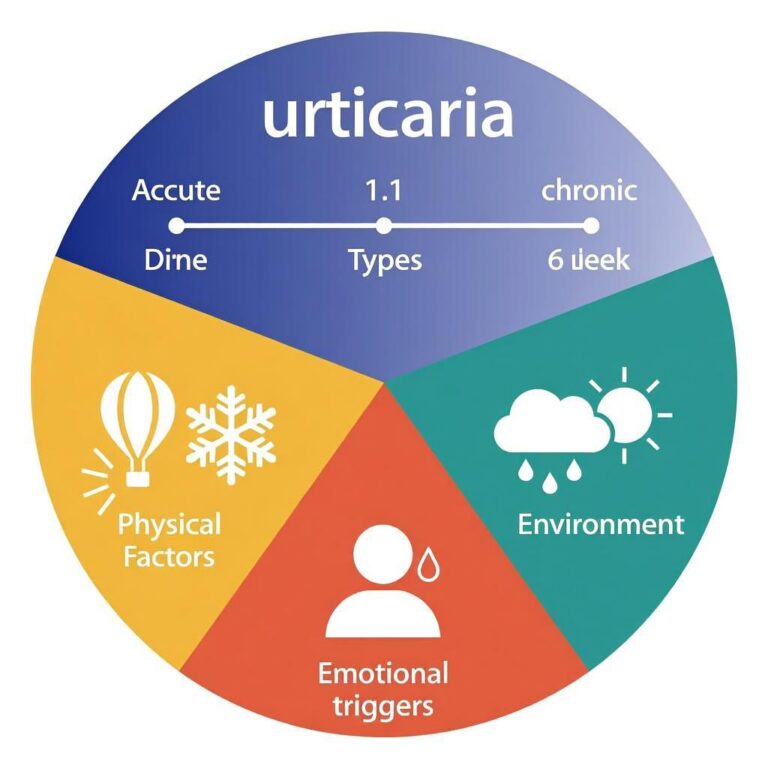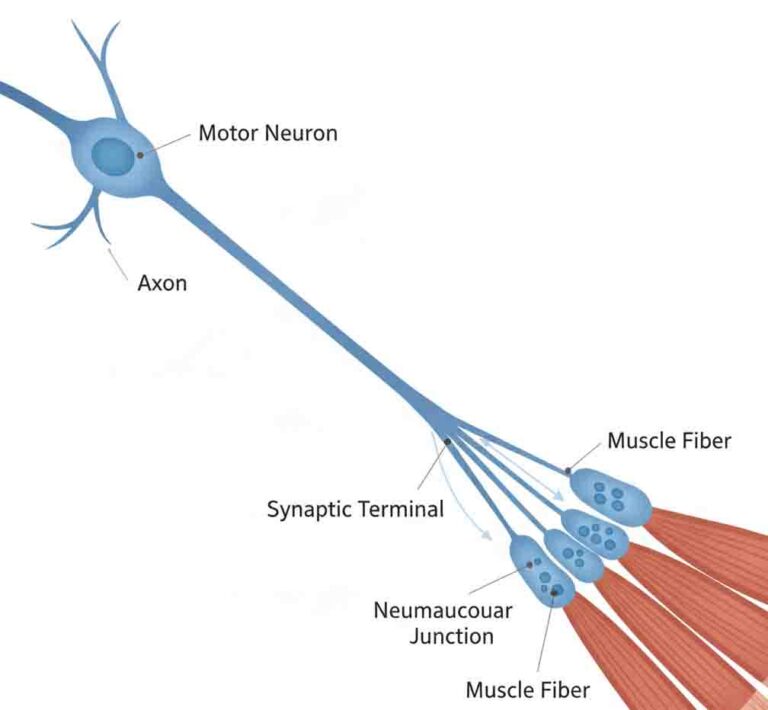Clinical Definition
Herpes Simplex Virus (HSV) infection is a chronic, lifelong viral condition caused by members of the Herpesviridae family, specifically HSV-1 (associated with orolabial lesions) and HSV-2 (associated with anogenital lesions). The hallmark of the disease is the establishment of viral latency within the sensory nerve ganglia (Trigeminal or Sacral ganglia) following primary infection, with periodic reactivation (recurrence) triggered by immunosuppression or stress, resulting in vesicular eruptions.
Clinical Coding & Classification
| System / Category | Code(s) | Description |
|---|---|---|
| ICD-10-CM | B00.1 | Herpesviral vesicular dermatitis (HSV-1 / Cold Sores) |
| ICD-10-CM | A60.0 | Herpesviral infection of urogenital system (HSV-2 / Genital Herpes) |
| CPT (Lab) | 87529 | Infectious agent detection by nucleic acid (DNA); Herpes simplex virus (PCR) |
| CPT (Lab) | 86694 | Antibody; Herpes simplex, non-specific type test |
| Affected System | Integumentary; Neurological | Sensory Ganglia Latency |
Epidemiology & Statistics
HSV infections are ubiquitous globally. The World Health Organization (WHO) estimates that approximately 67% of the global population under age 50 has HSV-1 infection, while approximately 13% of people aged 15–49 have HSV-2 infection. Asymptomatic viral shedding is a key driver of transmission, occurring in up to 70% of infected individuals who have no history of symptomatic lesions.
Pathophysiology (Mechanism)
The viral life cycle involves distinct phases:
1. Lytic Phase (Primary Infection): The virus penetrates the mucosal epithelium, replicates within keratinocytes, and causes cytolysis (blister formation).
2. Latency Establishment: The virus enters sensory nerve endings and undergoes retrograde axonal transport to the neuronal cell body in the dorsal root ganglia (Sacral for HSV-2, Trigeminal for HSV-1), where it persists as a non-replicating episome.
3. Reactivation: Triggers (UV light, stress, fever) induce viral gene transcription. The virus travels via anterograde transport back to the dermatome, causing recurrent lesions.
Standard Management Protocols
Antiviral therapy remains the cornerstone of management, functioning as nucleoside analogues.
- Pharmacological Classes:
- Nucleoside Analogues: (e.g., Acyclovir, Valacyclovir, Famciclovir) These prodrugs are phosphorylated by viral thymidine kinase, competitively inhibiting viral DNA polymerase and terminating the DNA chain.
- Therapeutic Regimens:
- Episodic Therapy: Initiated at the first sign of prodrome to shorten duration.
- Suppressive Therapy: Daily administration to reduce recurrence frequency and decrease subclinical viral shedding (transmission risk reduction).
- Diagnostics:
- PCR (NAAT): The gold standard for active lesions due to high sensitivity.
- Type-Specific Serology: Glycoprotein G (gG)-based assays to distinguish HSV-1 from HSV-2 antibodies.
Healthcare Resource Utilization
Management costs are driven by long-term pharmacotherapy and specialized care contexts:
- STI Screening: Routine screening in high-risk populations utilizing PCR and serology.
- Obstetric Care: Critical management of pregnant women with active lesions to prevent Neonatal Herpes, necessitating C-section delivery.

